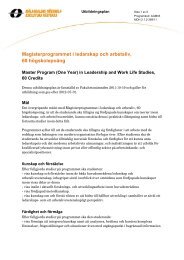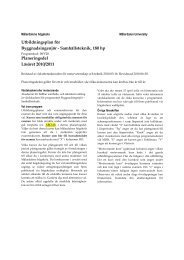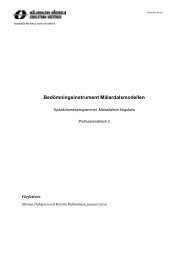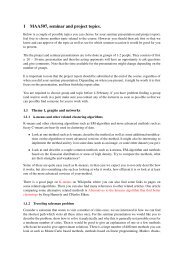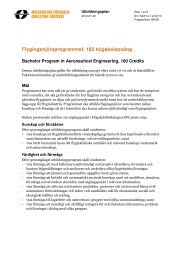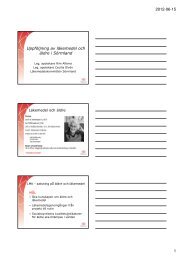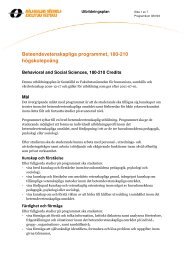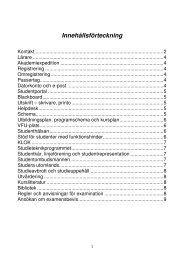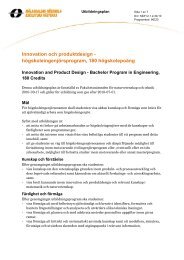Integrating Immigrant Children into Schools in Europe
Integrating Immigrant Children into Schools in Europe
Integrating Immigrant Children into Schools in Europe
Create successful ePaper yourself
Turn your PDF publications into a flip-book with our unique Google optimized e-Paper software.
<strong>Integrat<strong>in</strong>g</strong> <strong>Immigrant</strong> <strong>Children</strong> <strong><strong>in</strong>to</strong> <strong>Schools</strong> <strong>in</strong> <strong>Europe</strong>PISA DataPISA (Programme for International Student Assessment): an <strong>in</strong>ternational survey conducted under theauspices of the OECD <strong>in</strong> 32 countries worldwide, <strong>in</strong>clud<strong>in</strong>g 26 countries <strong>in</strong>volved <strong>in</strong> the SOCRATESProgramme. The aim of the survey is to measure the performance level of pupils aged 15 <strong>in</strong> read<strong>in</strong>gliteracy, mathematical literacy and scientific literacy. Data collection has been programmed <strong>in</strong> threestages, namely PISA 2000 (used to prepare the present publication), PISA 2003 and PISA 2006.Among the countries covered by the Socrates Programme, Belgium (the German-speak<strong>in</strong>g Community),the United K<strong>in</strong>gdom (Wales), Estonia, Cyprus, Lithuania, Malta, Slovenia and Slovakia did not take part <strong>in</strong>the collection of data for PISA 2000.Besides measurements of outcome (tests <strong>in</strong> read<strong>in</strong>g, mathematics and science), the survey <strong>in</strong>cludesquestionnaires for pupils and school heads, which are <strong>in</strong>tended to identify variables l<strong>in</strong>ked to family andschool circumstances that may help expla<strong>in</strong> the f<strong>in</strong>d<strong>in</strong>gs. It is these questionnaires that have been used toprepare the <strong>in</strong>dicators <strong>in</strong> the present publication.The survey is based on representative samples of 15-year-old pupils <strong>in</strong> secondary education, who wereselected by their school. Education at each school may last a greater or lesser number of yearscorrespond<strong>in</strong>g to curricula at ISCED levels 2 and/or 3, or <strong>in</strong> some cases even ISCED level 1. This expla<strong>in</strong>swhy the titles to Figures <strong>in</strong> the present publication refer to schools attended by pupils aged 15 and notsecondary education <strong>in</strong> general.Further observations on PISAThe <strong>in</strong>dicators derived from the OECD/PISA database have to be <strong>in</strong>terpreted <strong>in</strong> context. For example, thepercentage of pupils aged 15 who said that, at home, they spoke a language other than the language of<strong>in</strong>struction cannot be <strong>in</strong>terpreted as the percentage of the population speak<strong>in</strong>g a foreign language athome.Where the number of replies to the surveys <strong>in</strong> general, or to one particular question, is <strong>in</strong>sufficient toensure that the data are truly representative, the latter are not shown <strong>in</strong> the Figures. In the case of theNetherlands, <strong>in</strong> which the proportion of those who did not reply to the PISA 2000 survey is relatively high,the data are not given <strong>in</strong> the Figures, but <strong>in</strong> an additional note under them. It should be noted that astudy carried out <strong>in</strong> this country after publication of the PISA f<strong>in</strong>d<strong>in</strong>gs showed that, despite its low rate ofresponse, the sample rema<strong>in</strong>ed representative.74



